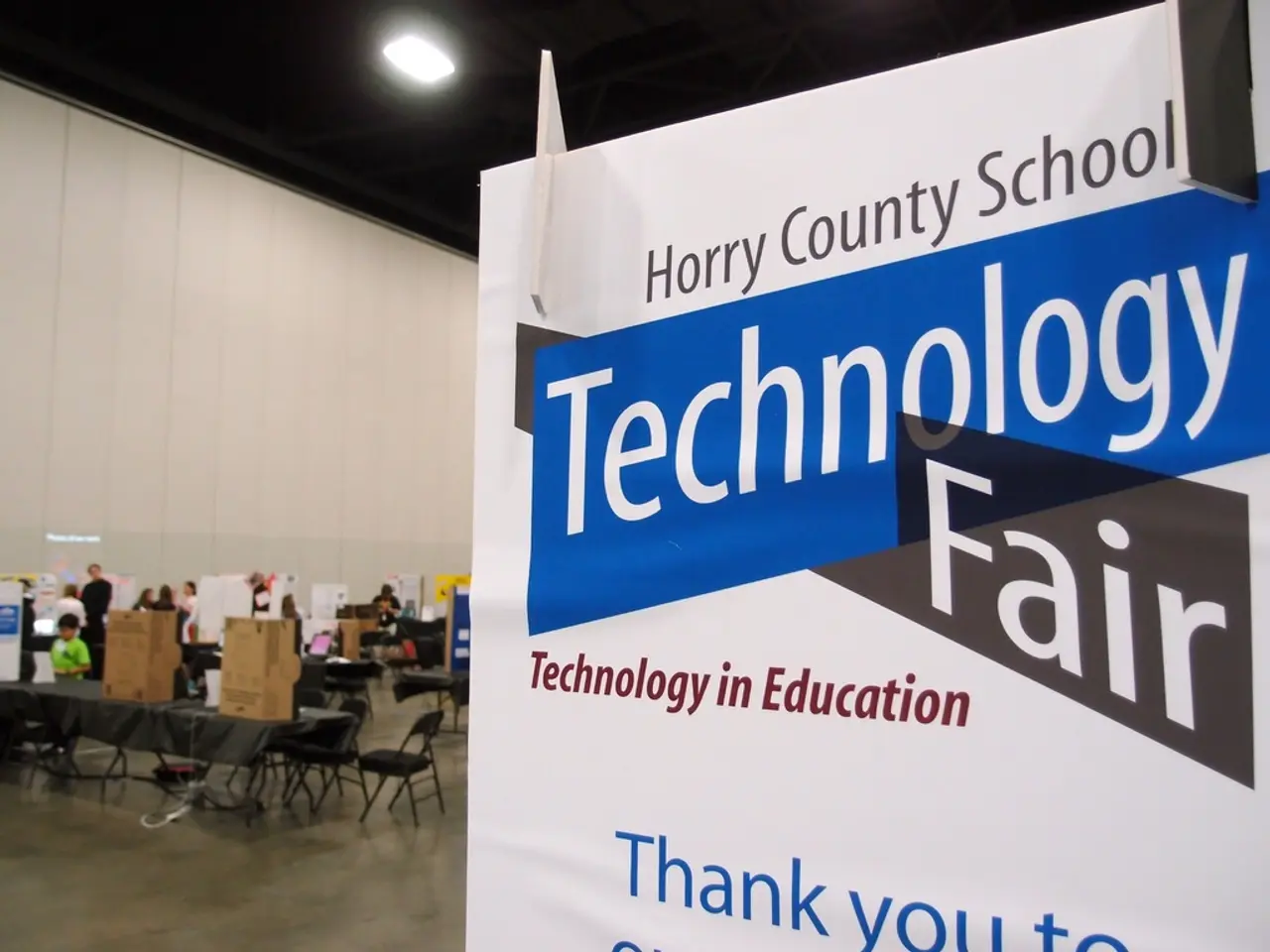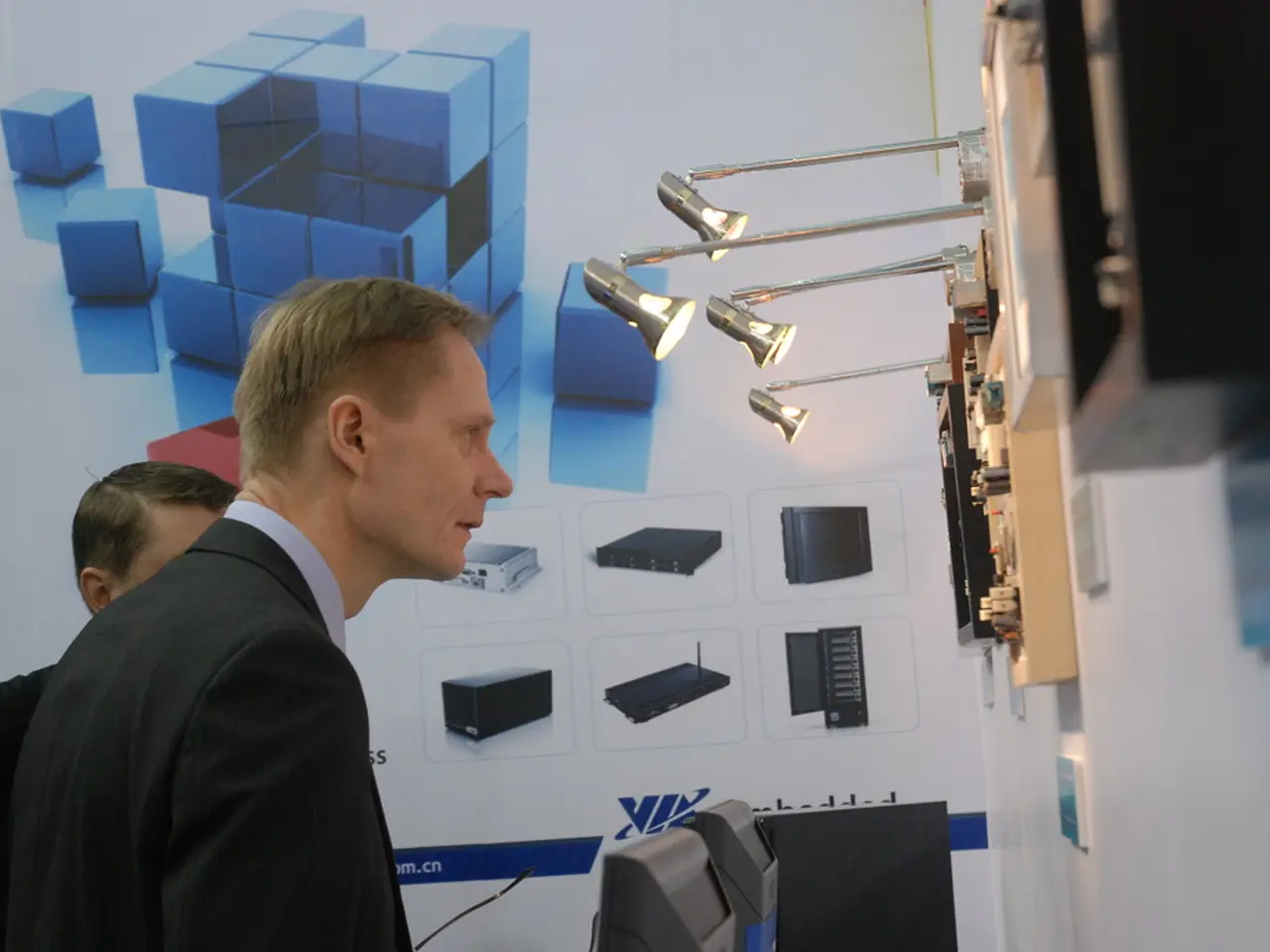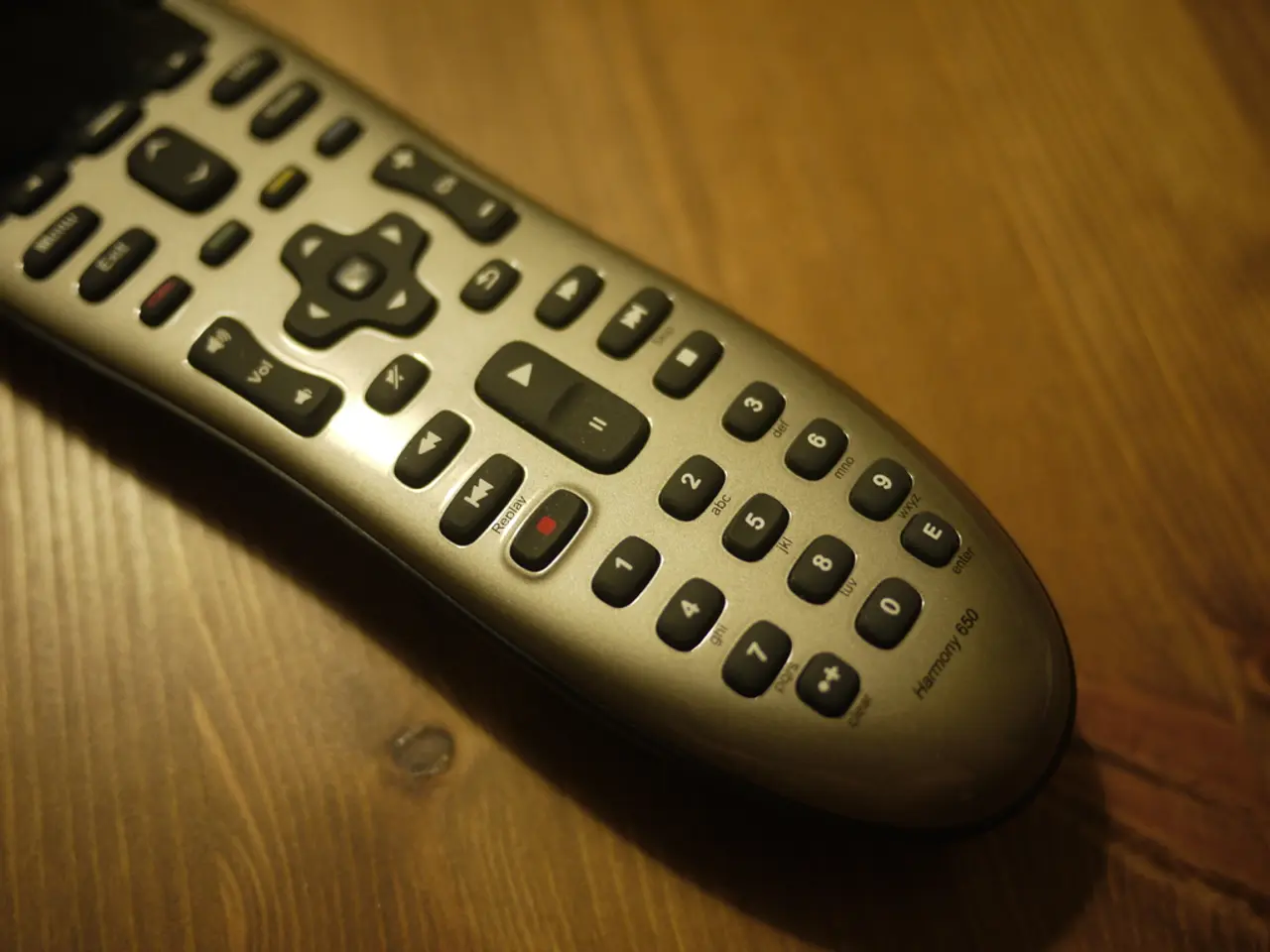Solar Chargers Assimilation into Domestic Residences and Internet of Things Gadgets
In the modern era, homes are becoming more connected and reliant on smart, solar-powered systems. This shift necessitates robust encryption protocols, firmware updates, and fail-safe mechanisms to maintain both physical and digital security.
As homes generate more energy than they consume, they can send excess power back to the grid, participating in net metering programs and effectively turning the home into a micro power plant. Solar-powered IoT devices, such as outdoor security cameras and smart irrigation systems, can function indefinitely with minimal maintenance when equipped with integrated solar panels or small, efficient solar chargers.
Solar chargers are becoming integrated into smart homes and IoT devices for eco-friendly, energy-resilient living spaces. They have evolved to be sleek, powerful, and versatile, capable of powering a wide range of smart home systems and IoT gadgets.
Modern smart home systems come equipped with energy monitoring tools that allow homeowners to track solar generation, consumption patterns, and optimize usage based on real-time data. Home battery systems like the Tesla Powerwall are used to store excess energy from solar panels, ensuring uninterrupted functionality during power outages.
Solar panel placement and exposure are crucial for performance, and advancements in solar tracking systems and panel materials are helping to overcome limitations related to shading and efficiency. Rooftop solar panels are being supplemented by integrated solar chargers built into windows, walls, and roofing materials like solar shingles.
Energy-harvesting IoT devices are capable of collecting ambient energy, converting it into usable power, and becoming ultra-efficient nodes in a broader smart network. This integration of solar chargers into smart homes and IoT devices is a strategic move toward a more sustainable, autonomous, and intelligent future, offering numerous benefits such as reducing carbon footprints, lowering electricity bills, increasing resilience, and enhancing quality of life.
Smart appliances can be programmed to run dishwashers, washing machines, or EV chargers when solar production is highest, maximizing the use of clean energy and reducing reliance on the grid. Home energy management systems (HEMS) act as the brain of the smart home, integrating data from solar inverters, batteries, smart plugs, and IoT sensors, allowing homeowners to make informed decisions or automate them.
Smart homes with integrated solar chargers can create a self-optimizing energy system, actively monitoring, analyzing, and adjusting energy usage patterns in real time. By designing IoT products that rely on renewable energy rather than disposable batteries, manufacturers and consumers can take a significant step toward sustainability.
Government incentives, rebates, and financing options have made solar installations more accessible than ever before, helping to offset the initial high investment costs. Smart thermostats can be configured to operate more aggressively when solar energy is abundant, pre-cooling or pre-heating the home to reduce energy demands during peak hours.
Solar energy's intermittency requires adequate energy storage solutions, such as high-capacity batteries, to maintain a constant power supply, especially for critical systems. For more information on the integration of solar chargers into smart homes and IoT devices, explore platforms like SolarEdge Home for integrated solar + smart device management via voice assistants. Dive deeper into the subject by reviewing Home Assistant documentation for solar panel integration and automation based on forecasts, investigating Green IoT advances in solar energy harvesting and low-power sensor networks for sustainability, and learning about cost savings and efficiency gains reported by smart solar home adopters from recent smart home technology analyses.
- Advancements in solar technology enable solar-powered IoT devices, such as smart irrigation systems and outdoor security cameras, to function indefinitely with minimal maintenance.
- Smart appliances can be programmed to run dishwashers, washing machines, or EV chargers when solar production is highest, maximizing the use of clean energy.
- The integration of solar chargers into smart homes and IoT devices is a strategic move toward a more sustainable, autonomous, and intelligent future, offering benefits like reducing carbon footprints, lowering electricity bills, increasing resilience, and enhancing quality of life.
- To create a self-optimizing energy system, smart homes with integrated solar chargers continuously monitor, analyze, and adjust energy usage patterns in real time.



